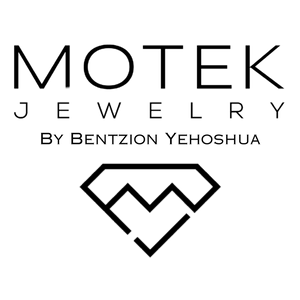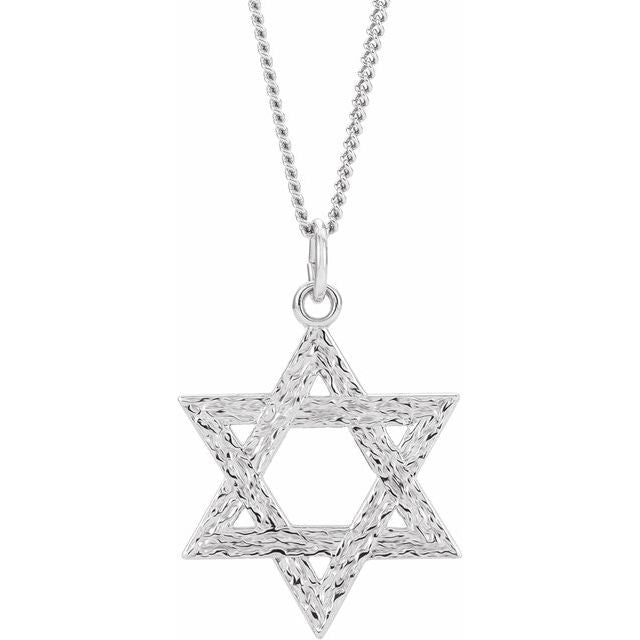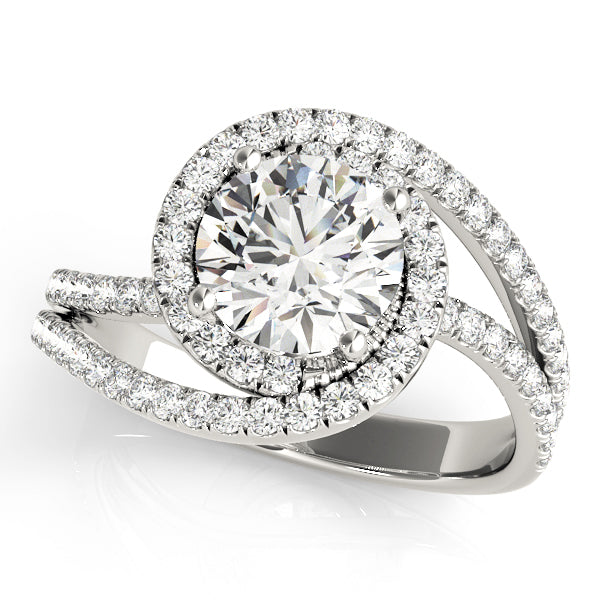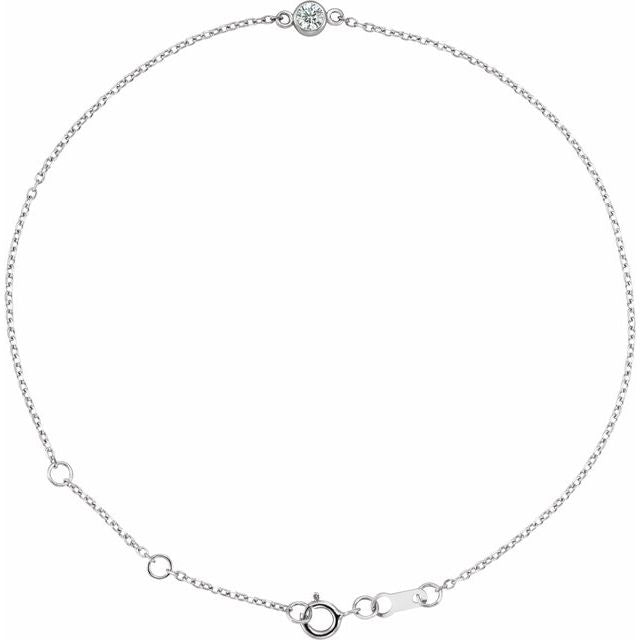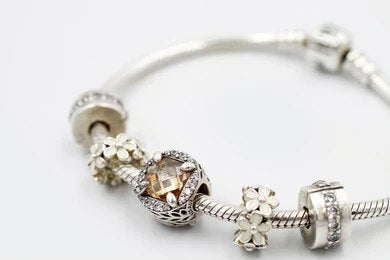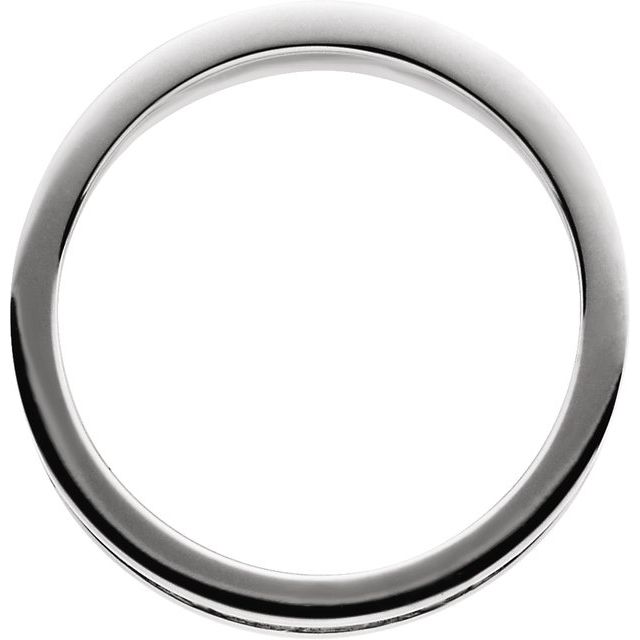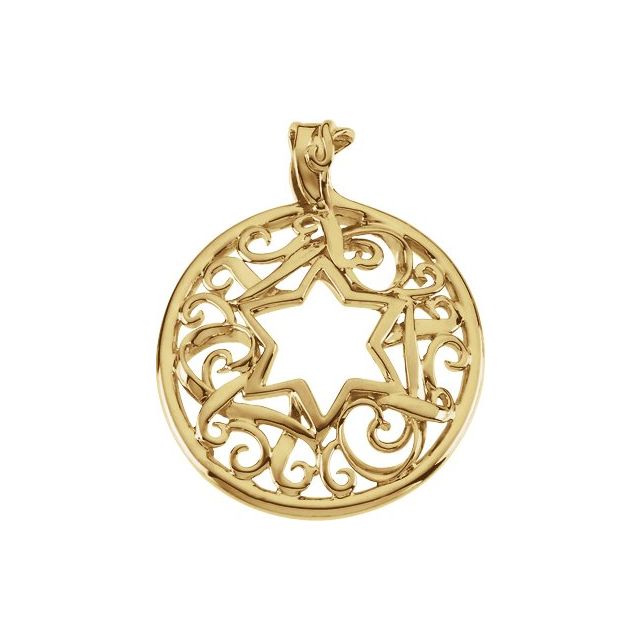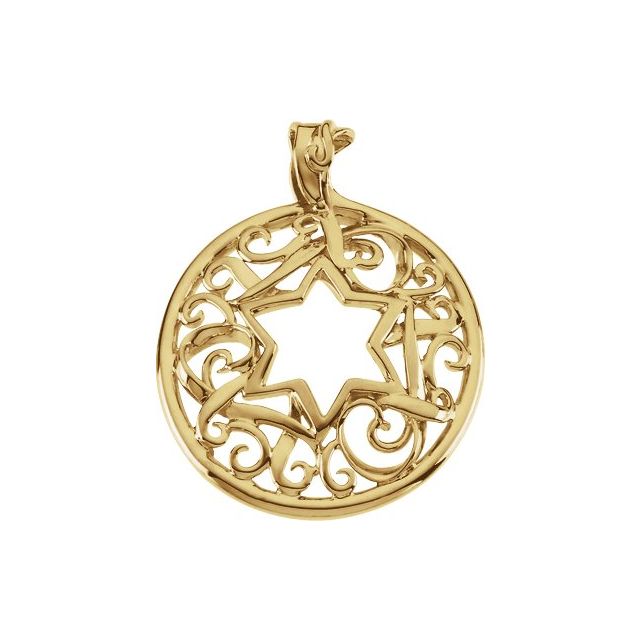Charm bracelets have captivated jewelry enthusiasts for centuries, evolving from ancient talismans to modern fashion statements. Today, these personalized accessories serve as wearable scrapbooks, allowing individuals to showcase their personality, commemorate special moments, and express themselves through carefully selected trinkets. According to recent jewelry industry reports, the global charm bracelet market is projected to reach $12.8 billion by 2027, growing at a CAGR of 5.4% from 2020 to 2027 (Jewelry Market Outlook).
The beauty of charm bracelets lies in their versatility and deeply personal nature. Each charm tells a story, represents a memory, or symbolizes an aspiration, creating a unique jewelry piece that evolves alongside its wearer. This comprehensive guide will walk you through everything you need to know about creating and personalizing your own charm bracelet, from selecting the perfect base to choosing meaningful charms that reflect your journey.
The Rich History of Charm Bracelets
Before diving into the creation process, let's explore the fascinating history behind these beloved accessories.
Ancient Origins
Charm bracelets trace their roots back to prehistoric times when humans wore amulets and talismans to ward off evil spirits or bring good fortune. Archaeological evidence shows that early humans fashioned charms from bones, shells, and stones, believing these objects possessed protective powers.
In ancient Egypt around 3000 BCE, charm bracelets served as protective amulets for the afterlife. The iconic scarab beetle represented rebirth and regeneration, while the Eye of Horus symbolized protection and health. These charms weren't merely decorative—they held profound spiritual significance (Ancient Egyptian Jewelry).
Evolution Through the Ages
The Romans continued the tradition, wearing "fascinum" charms for protection against the evil eye. During the Middle Ages, knights and nobles wore charm bracelets as symbols of lineage and family heritage.
Queen Victoria significantly influenced charm bracelet popularity in the 19th century. After the death of her beloved Prince Albert, she wore "mourning charms" containing locks of his hair, propelling charm bracelets into mainstream fashion among European aristocracy.
Modern Renaissance
The mid-20th century saw charm bracelets experience a resurgence, particularly in post-WWII America. Soldiers returning from overseas brought back small trinkets for their loved ones, which were often added to bracelets as mementos.
Today's charm bracelets blend traditional sentimentality with contemporary design. Modern market research indicates that 73% of charm bracelet purchases are made by women for personal use, while 27% are gifts—demonstrating their continued popularity as both self-expression and thoughtful presents (Jewelry Consumer Survey).
Types of Charm Bracelets: Finding Your Perfect Base
Selecting the right bracelet style forms the foundation of your personalized charm collection. Consider these popular options:
Traditional Link Bracelets
Link charm bracelets feature a series of connected metal links, typically in silver or gold, where charms can be attached using jump rings or lobster clasps. These classic bracelets offer flexibility in charm placement and quantity, allowing for easy additions or removals.
Pros:
-
Ultimate customization capabilities
-
Timeless aesthetic
-
Available in various metals and price points
-
Easy to add or remove charms
Cons:
-
Charms may tangle or flip
-
Potentially noisy when worn
-
Requires occasional maintenance
Best for: Those who want complete freedom to build their collection over time and appreciate the traditional look.
European-Style Bead Bracelets
Popularized by brands like Pandora and Trollbeads, these bracelets feature a solid band with a threading system. Beads and charms with large center holes slide onto the bracelet and can be secured with stopper beads.
Pros:
-
Charms stay in place
-
Clean, organized appearance
-
Wide variety of compatible beads available
Cons:
-
Limited by the number of charms that fit comfortably
-
Less vintage appeal
-
Often requires brand-specific charms
Best for: Minimalists who prefer a more contemporary, streamlined look with charms that stay in position.
Bangle Charm Bracelets
Rigid bangles with permanently attached or dangling charms provide a more modern interpretation of the charm bracelet concept.
Pros:
-
Sleek, contemporary look
-
Less movement and noise
-
Often more comfortable for daily wear
Cons:
-
Limited customization after purchase
-
Less historical significance
-
May not accommodate as many charms
Best for: Fashion-forward individuals who prefer a curated, designer aesthetic.
Memory Wire Bracelets
These flexible coil bracelets wrap around the wrist multiple times and accommodate flat charms or beads.
Pros:
-
One-size-fits-most design
-
No clasps to manage
-
Can hold many charms
Cons:
-
Less traditional appearance
-
May not showcase charms as effectively
Best for: Beginners or those seeking an affordable, easy-to-wear option.
Selecting Materials: Quality Considerations
The longevity and appearance of your charm bracelet depend significantly on the materials you choose. According to jewelry industry statistics, 62% of charm bracelet wearers prioritize quality materials over design variety (Jewelry Consumer Report).
Precious Metals
Sterling Silver (925): The most popular choice for charm bracelets, sterling silver contains 92.5% pure silver mixed with other metals for durability. Affordable yet elegant, silver requires occasional polishing to prevent tarnish.
Gold (10K-18K): Available in yellow, white, and rose varieties, gold offers timeless luxury but at a higher price point. The karat number indicates purity, with 24K being pure gold. Most charm bracelets use 14K gold for ideal balance between purity and durability.
Gold-Filled and Gold-Plated: More affordable alternatives to solid gold, these options feature a layer of gold over a base metal. Gold-filled contains substantially more gold than gold-plated jewelry and therefore lasts longer.
Alternative Metals
Stainless Steel: Highly durable and tarnish-resistant, stainless steel offers a contemporary look at an affordable price point.
Titanium: Lightweight and hypoallergenic, titanium is ideal for those with sensitive skin.
Leather and Cord Options
For a bohemian or casual aesthetic, leather and cord bracelets provide comfortable alternatives to metal. These materials create a different visual effect and feel lighter on the wrist. However, they typically don't last as long as metal options and may require replacement sooner.
Charm Selection: Telling Your Personal Story
The heart of your charm bracelet lies in the stories your charms tell. A 2022 jewelry industry survey revealed that 83% of charm bracelet owners have at least one charm with significant emotional value (Personal Jewelry Survey).
Categories of Charms
Milestone Markers: Commemorate significant life events with charms representing graduations, weddings, births, anniversaries, or career achievements.
Hobby and Interest Symbols: Showcase your passions with charms depicting sports equipment, musical instruments, books, travel souvenirs, or craft supplies.
Spiritual and Meaningful Symbols: Express your beliefs with religious symbols, zodiac signs, birthstones, or cultural emblems that hold personal significance.
Initials and Personal Symbols: Include monograms, name charms, or symbols that represent your identity or family members.
Nature-Inspired Elements: Incorporate animals, flowers, celestial bodies, or seasonal motifs that resonate with your connection to the natural world.
Material Considerations for Charms
Charms come in various materials, each offering different aesthetic and durability properties:
Precious Metals: Silver and gold charms provide classic elegance and longevity.
Gemstones and Crystals: Add color and potential metaphysical properties with birthstones or crystals.
Enamel: Brightly colored enamel charms offer vibrant designs and details.
Glass and Ceramic: These materials allow for intricate patterns and unique visual effects.
Wood and Natural Materials: For an earthy, bohemian aesthetic, consider wooden or natural material charms.
Creating a Cohesive Aesthetic: Design Principles
While charm bracelets celebrate personal expression, considering basic design principles can elevate your creation from a random collection to a cohesive piece of art.
Color Theory Basics
Complementary Colors: Choose charms with colors opposite on the color wheel for striking contrast.
Analogous Colors: For a harmonious look, select charms with colors adjacent on the color wheel.
Monochromatic Scheme: Using variations of a single color creates a sophisticated, coordinated appearance.
According to jewelry design experts, bracelets with intentional color schemes receive 40% more compliments than random collections (Fashion Psychology Study).
Balance and Proportion
Consider the visual weight of different charms. Balance larger statement pieces with smaller, delicate charms to create rhythm and prevent the bracelet from appearing lopsided or overwhelming.
Creating Visual Themes
Narrative Sequence: Arrange charms to tell a chronological life story or represent a specific journey.
Seasonal Rotation: Create different charm configurations for various seasons or occasions.
Focal Point Design: Build your bracelet around one significant centerpiece charm with supporting elements.
DIY Charm Creation: Adding a Personal Touch
While purchasing pre-made charms offers convenience, creating your own adds an unparalleled personal dimension. Approximately 28% of charm bracelet enthusiasts incorporate at least one handmade element (Craft Industry Alliance Report).
Photo Charms
Transform cherished photos into wearable memories with these approaches:
-
Resin Casting: Encase small printed photos in clear resin using silicone molds.
-
Photo Transfer: Apply special medium to transfer printed images onto metal, wood, or polymer clay.
-
Custom Photo Services: Many online retailers offer services that print and seal photos in glass or metal charm settings.
Personalized Metal Stamping
With basic metal stamping tools, you can create custom text charms:
-
Purchase blank metal charm forms (aluminum, copper, or silver blanks)
-
Use metal letter stamps and a hammer to imprint meaningful words, dates, or coordinates
-
Add patina for contrast or keep them bright and shiny
Meaningful Found Objects
Repurpose small meaningful objects into charms:
-
Buttons from a loved one's clothing
-
Small shells from a special beach trip
-
Tiny keys from significant places
-
Fragments of special fabric or paper sealed in resin
Charm Bracelet Care and Maintenance
Proper maintenance ensures your charm bracelet remains beautiful for years or even generations. Survey data shows that well-maintained charm bracelets last 15-20 years longer than neglected pieces (Jewelry Insurance Study).
Cleaning Different Materials
Silver: Create a paste with baking soda and water, gently scrub with a soft toothbrush, rinse thoroughly, and dry completely. Commercial silver polishes also work well.
Gold: Clean with mild dish soap and warm water using a soft brush for intricate charms. Rinse thoroughly and dry with a soft cloth.
Gemstones: Research specific care requirements, as some stones (like pearls or opals) can be damaged by common cleaning methods.
Storage Solutions
Anti-tarnish pouches: Store silver pieces in specialized anti-tarnish bags when not wearing.
Separated storage: Consider bracelet organizers that prevent charms from scratching each other.
Humidity control: Store in a cool, dry place to prevent tarnish and corrosion.
Professional Maintenance
Schedule professional cleanings annually, especially for valuable pieces. Jewelers can:
-
Check and reinforce charm attachments
-
Re-solder any weakened links
-
Deep clean intricate details
-
Replace worn clasps
The Economics of Charm Collecting
Understanding the investment aspect of charm bracelet creation helps with budgeting and collection planning. The average charm bracelet owner adds 2-3 new charms annually, according to industry data (Jewelry Market Analysis).
Budget-Friendly Approaches
Gradual collection: Build your bracelet over time, adding charms for significant occasions.
Mixed materials: Combine precious metal charms with more affordable alternatives.
Quality vs. quantity: Invest in fewer high-quality charms rather than many inexpensive pieces that may not last.
Secondary markets: Consider authenticated pre-owned charms from reputable resellers.
Investment Value
Some designer charm bracelets and limited-edition charms appreciate in value over time. Brands like Tiffany & Co., Cartier, and vintage Pandora charms have shown consistent value retention or appreciation by 15-20% over five years (Luxury Investment Index).
Gifting Charm Bracelets: Creating Lasting Memories
Charm bracelets make thoughtful gifts that can evolve over years of gift-giving occasions. Approximately 42% of charm bracelet owners received their first charm as a gift (Gift Industry Association Report).
Starting a Tradition
Begin with a quality bracelet and one meaningful charm, then add to the collection on birthdays, holidays, and special achievements.
Group Gifting
For milestone celebrations like graduations or significant birthdays, organize multiple people to each contribute a charm representing their relationship with the recipient.
Inheritance and Legacy
Many families pass charm bracelets down through generations, with each generation adding their own charms while preserving the history of previous owners. Document the stories behind significant charms in a small journal to preserve their meaning.
Modern Innovations in Charm Bracelet Technology
The traditional charm bracelet continues to evolve with technological advances and contemporary design innovations.
Smart Charms
Emerging jewelry technology incorporates:
-
NFC-enabled charms that link to digital photos or messages
-
Subtle activity trackers disguised as decorative charms
-
GPS-enabled safety charms for children or vulnerable adults
Sustainable and Ethical Options
The growing demand for ethical jewelry has expanded charm bracelet options:
-
Recycled metal charms and bracelets
-
Lab-created gemstones with less environmental impact
-
Charms made from sustainable or upcycled materials
-
Fair trade certification for ethically sourced components
According to sustainability reports, demand for ethical jewelry options has increased by 48% since 2018 (Sustainable Jewelry Report).
Conclusion: Your Evolving Wearable Story
The charm bracelet tradition continues to thrive precisely because it offers something rare in our fast-paced world: a tangible connection to our personal histories and values. Unlike other jewelry that remains static, charm bracelets grow and change alongside their wearers.
Whether you're just beginning your charm bracelet journey or adding to an established collection, remember that the true value lies not in the materials but in the memories and meanings each charm represents. Each link and charm combines to create a unique narrative that celebrates your individual journey.
By understanding the rich history, material options, design principles, and care requirements, you can create a personalized charm bracelet that serves as both a fashion statement and a meaningful archive of your life's most precious moments.
